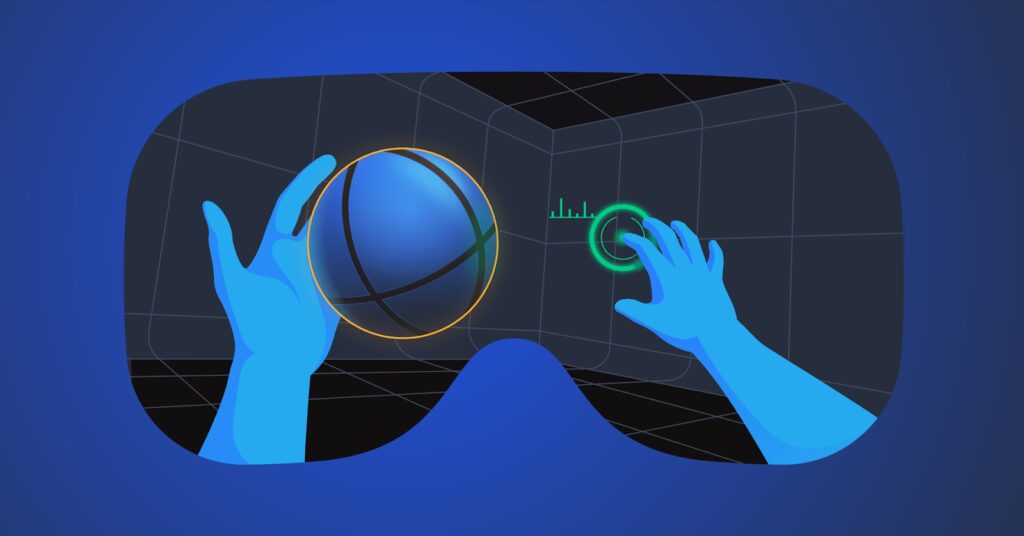Visual effects are essential in creating an immersive gaming experience. Immersion occurs when players feel fully absorbed in the game world. Visual effects, including graphics, animations, lighting, and particle systems, play a pivotal role in achieving this immersion. They contribute to creating realistic and visually stunning graphics, enhancing the overall narrative and storytelling, and conveying emotions and atmosphere. Designing visual effects for immersion requires a combination of artistic and technical expertise, as well as an understanding of the game’s narrative and mechanics. Once designed, these effects must be implemented into the game engine to ensure smooth performance and a seamless gameplay experience. Overall, visual effects greatly shape the player experience in games, leading to more captivating and memorable gaming experiences.
Designing for Immersion: How Visual Effects Shape the Player Experience in Games
Introduction
In the world of gaming, creating an immersive experience is crucial. Visual effects play a pivotal role in
shaping the player experience, allowing players to fully engage with the game world. This article will explore
how visual effects are designed and implemented to enhance immersion in modern games.
Understanding Immersion in Games
Immersion refers to the state of being fully absorbed or deeply engaged in an activity or environment. In the
context of gaming, immersion occurs when players feel a sense of presence within the game world. Visual effects,
including graphics, animations, lighting, and particle systems, contribute significantly to this feeling of
immersion by creating a believable and captivating virtual environment.
The Role of Visual Effects in Immersion
Visual effects in games serve multiple purposes. They are responsible for creating realistic and visually
stunning graphics, which is crucial for capturing the attention and imagination of players. Furthermore, visual
effects contribute to the overall narrative and storytelling by conveying emotions, atmosphere, and enhancing
gameplay mechanics.
Designing Visual Effects for Immersion
Game developers employ various techniques to design visual effects that enhance immersion. This involves a
combination of artistic and technical expertise, as well as a deep understanding of the game’s narrative and
mechanics. Additionally, factors such as hardware constraints, target platforms, and player preferences need to
be considered during the design process.
1. Graphics and Artistic Style
The visual fidelity of a game plays a crucial role in creating immersion. The choice of graphics engine, art
style, and attention to detail are all important factors. High-quality textures, realistic shaders, and
post-processing effects contribute to making the game world feel more lifelike and visually appealing.
2. Animation and Movement
Fluid and natural animations are essential for creating a sense of realism. Proper weight and timing create a
more believable world, allowing players to feel connected to the characters or objects within the game. Whether
it’s the movement of a protagonist or the behavior of a non-player character, attention to detail in animation
greatly enhances immersion.
3. Lighting and Shadows
Lighting can transform a game’s atmosphere and significantly impact immersion. Realistic lighting setups can
enhance the mood, create depth, and direct the player’s attention within the game world. Dynamic shadows and
global illumination techniques further contribute to the realism and immersion of the virtual environment.
4. Particle Systems and Special Effects
Particle systems play a crucial role in creating visually appealing effects, such as fire, smoke, explosions,
and weather phenomena. These effects provide both aesthetic appeal and functional feedback, immersing players
further into the game world. Additionally, interactive physics-based systems can heighten immersion by allowing
objects and environments to react realistically to player actions.
Implementing Visual Effects
Once the visual effects are designed, they need to be properly implemented into the game engine. This involves a
combination of programming, optimization, and integration with other game systems. Efficient implementation
ensures smooth performance, realistic behavior, and seamless gameplay experience for players.
Conclusion
Visual effects are a crucial component in designing immersive gaming experiences. Their role in creating a
palpable game world, engaging players, and conveying emotions cannot be understated. By combining artistic
creativity with technical proficiency, game developers can significantly shape the player experience through
visual effects, ultimately resulting in more captivating and memorable gaming experiences.
